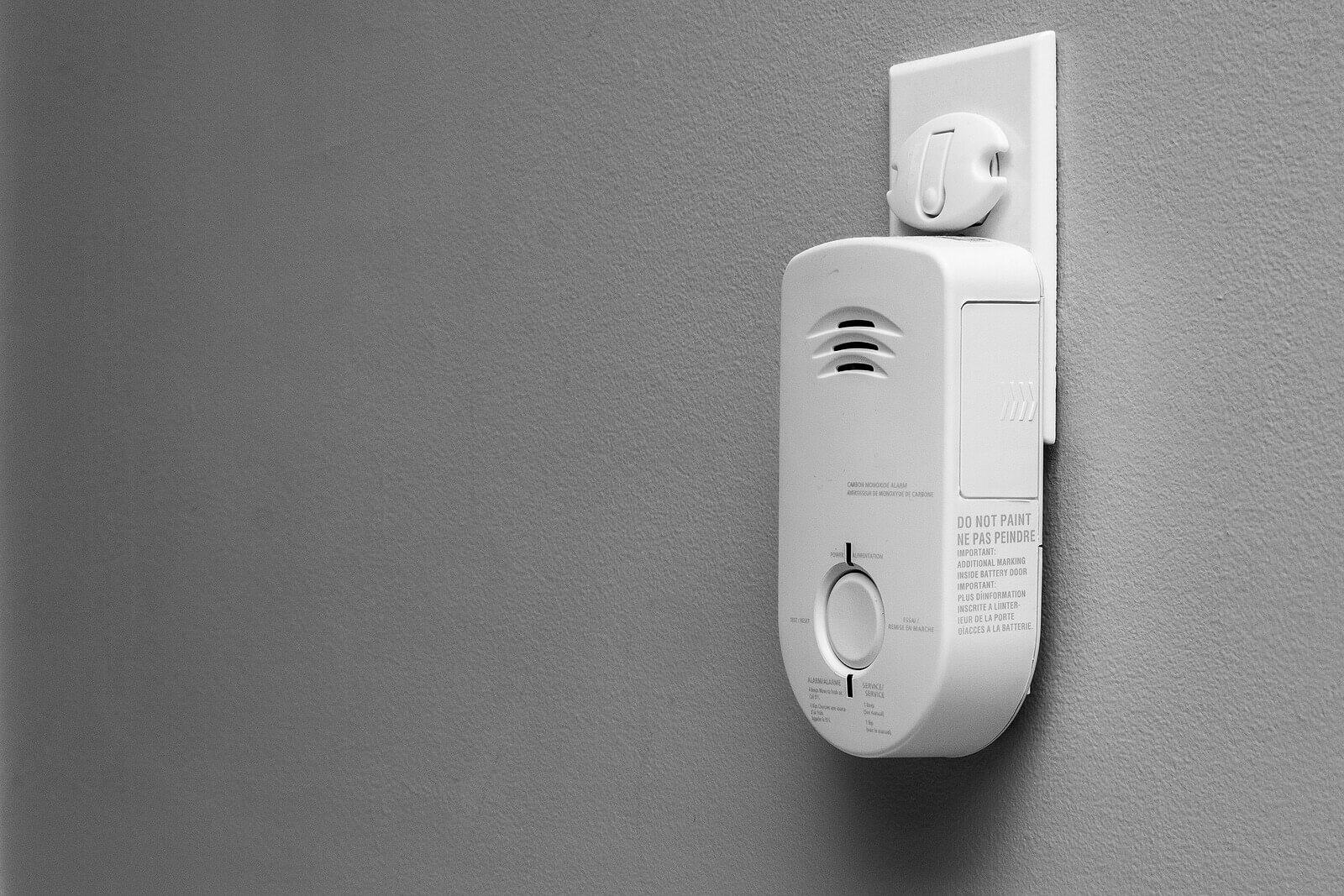

Articles
When Do I Need A Carbon Monoxide Detector
Modified: February 24, 2024
Learn why having a carbon monoxide detector is crucial for your safety. Read our informative articles on when and why you need a carbon monoxide detector.
(Many of the links in this article redirect to a specific reviewed product. Your purchase of these products through affiliate links helps to generate commission for Storables.com, at no extra cost. Learn more)
Introduction
Welcome to the world of carbon monoxide detectors! In this fast-paced and modern age, it’s crucial to prioritize the safety of ourselves and our loved ones. Carbon monoxide (CO) is a silent and odorless gas that can be extremely dangerous if not detected promptly. Understanding the significance of carbon monoxide and the importance of having a carbon monoxide detector installed in your home or workplace is essential to keeping everyone safe.
Before we delve into the specifics of carbon monoxide detectors, let’s first understand what carbon monoxide is and why it poses a threat to our well-being.
Key Takeaways:
- Protect your loved ones by installing carbon monoxide detectors in crucial areas such as bedrooms, living spaces, and attached garages to detect this silent killer gas and prevent potential harm.
- Regularly maintain and test your carbon monoxide detectors to ensure their proper functionality, including battery replacement, cleaning, testing, and calibration. Stay informed, stay safe!
Read more: How Do I Dispose A Carbon Monoxide Detector
What is Carbon Monoxide?
Carbon monoxide (CO) is a colorless, odorless, and tasteless gas that is produced when fuels such as gasoline, natural gas, oil, propane, and wood are burned incompletely. It is often referred to as the “silent killer” because it cannot be detected by our senses alone.
When carbon monoxide is present in the air, it enters our bloodstream and binds to hemoglobin, a protein in our red blood cells responsible for carrying oxygen. This binding prevents oxygen from being delivered to our organs and tissues, which can result in serious health complications, or even death, if exposed to high levels of carbon monoxide for an extended period.
Common sources of carbon monoxide in our homes include faulty gas appliances, malfunctioning furnaces or water heaters, blocked chimneys or vents, and using portable heaters or generators indoors. Even a running car in an attached garage can release dangerous levels of carbon monoxide.
Now that we understand the dangers of carbon monoxide, it becomes evident why having a carbon monoxide detector is crucial. It is a small device that can save lives by alerting you when it detects unsafe levels of carbon monoxide in the air.
The Dangers of Carbon Monoxide
Carbon monoxide is a highly dangerous gas that can have detrimental effects on our health and well-being. Understanding the dangers associated with carbon monoxide is essential in realizing the importance of having a carbon monoxide detector installed in your home or workplace.
One of the significant risks of carbon monoxide is its ability to be undetectable to our senses. Without a carbon monoxide detector, it is impossible to know if this silent killer is present in the air. This is particularly concerning as carbon monoxide poisoning symptoms mimic those of common illnesses like the flu or fatigue, making it challenging to identify the cause without proper detection.
Exposure to high levels of carbon monoxide can lead to various health problems. Mild exposure can cause symptoms such as headaches, dizziness, nausea, and confusion. Prolonged exposure or exposure to higher concentrations can lead to more severe symptoms, including unconsciousness, organ damage, and, in severe cases, even death.
Furthermore, certain populations, such as infants, children, older adults, and individuals with chronic health conditions, are more susceptible to the effects of carbon monoxide. It is critical to ensure their safety by installing a carbon monoxide detector.
Another danger of carbon monoxide is its ability to permeate through walls, floors, and doors. This means that it can spread throughout your home or workplace, even if the source is in a different area. Without proper detection, you may not be aware of the presence of carbon monoxide until it’s too late.
Lastly, carbon monoxide is not only a risk indoors but also in enclosed spaces such as garages or sheds. Running vehicles or generators inside these areas can quickly release dangerous levels of carbon monoxide. Having a carbon monoxide detector installed in these spaces is just as crucial as having one indoors.
By understanding the dangers of carbon monoxide, we can take the necessary steps to protect ourselves and our loved ones by ensuring the presence of functioning carbon monoxide detectors in our living and working spaces.
Common Sources of Carbon Monoxide
Carbon monoxide can be generated from various sources, many of which are found in our everyday lives. Being aware of these sources is crucial in recognizing the potential risks and taking preventive measures to keep ourselves safe.
1. Fuel-burning Appliances: Furnaces, water heaters, gas stoves, fireplaces, and boilers are examples of fuel-burning appliances that can produce carbon monoxide if not properly maintained or ventilated. Cracks or leaks in the equipment can cause the gas to escape into the surrounding air.
2. Vehicle Exhaust: Running a vehicle in an enclosed space, such as a closed garage, even for a short period, can lead to a buildup of carbon monoxide. This is why it is essential to never run a car or generator indoors, including attached garages.
3. Generators and Portable Heaters: Using fuel-powered generators or portable heaters indoors can produce carbon monoxide if they are not adequately ventilated. It is important to always follow the manufacturer’s guidelines for safe usage and ventilation.
4. Blocked or Partially Blocked Vents: Chimneys, flues, and vents that are blocked or partially obstructed can cause carbon monoxide to be released into the living spaces. It is crucial to ensure regular inspections and maintenance of these ventilation systems.
5. Barbecue Grills: Charcoal or gas-powered grills, when used in enclosed areas such as porches or garages without proper ventilation, can generate carbon monoxide. It is best to use outdoor grills in open spaces to prevent the accumulation of the gas.
6. Wood-Burning Stoves: While wood-burning stoves can provide warmth and ambiance, they can also contribute to carbon monoxide production if not operated correctly or if there are issues with the chimney or ventilation system.
7. Blocked or Cracked Flues: Flues in fireplaces or heating systems can become blocked by debris or develop cracks over time, leading to carbon monoxide leaks. Regular inspections and maintenance are crucial to ensure their proper functioning.
Being aware of these common sources of carbon monoxide enables us to take the necessary precautions and preventive measures. Installing carbon monoxide detectors is vital to detect the presence of this gas and protect ourselves and our loved ones from potential harm.
When Should You Consider Installing a Carbon Monoxide Detector?
Carbon monoxide is a silent and odorless gas that can be extremely dangerous if not detected promptly. Therefore, it is crucial to install a carbon monoxide detector in your home or workplace to ensure the safety of everyone in the vicinity. But when should you consider installing one? Here are some scenarios to consider:
1. As a Safety Precaution: It is always better to be safe than sorry. If you value the well-being of your family, installing a carbon monoxide detector should be a top priority. Even if you think your home or workplace is free from potential sources of carbon monoxide, accidents can happen, and it is better to be prepared.
2. New Construction or Renovation: If you are building a new home or undertaking major renovations, it is an excellent opportunity to install carbon monoxide detectors from the start. This ensures that your living or working space is protected from the beginning and minimizes the risk of exposure to carbon monoxide.
3. Fuel-Burning Appliances: If you have any fuel-burning appliances or systems in your home, such as furnaces, water heaters, fireplaces, or gas stoves, it is essential to have carbon monoxide detectors installed. These appliances can produce carbon monoxide if they are not properly maintained or ventilated, posing a risk to your health and safety.
4. Attached Garages: If you have an attached garage where vehicles are parked or where generators are stored, it is crucial to have a carbon monoxide detector in that area. Running vehicles or generators in enclosed spaces can release dangerous levels of carbon monoxide, which can seep into your living spaces if not detected.
5. Multi-Unit Buildings: If you live in an apartment complex or a multi-story building, it is important to have carbon monoxide detectors installed. Even if your unit does not have any potential sources of carbon monoxide, neighboring units or shared ventilation systems can pose a risk, making it vital to have detectors for early detection.
6. Older Homes: Older homes may have outdated or malfunctioning heating systems, chimneys, or venting systems, increasing the risk of carbon monoxide leaks. If you live in an older home, it is wise to install carbon monoxide detectors to ensure the safety of your household.
Remember that carbon monoxide detectors are not a one-time solution. They have a limited lifespan and may need to be replaced after a certain period. Regularly check the batteries and test the detectors to ensure they are functioning correctly.
Overall, it is important to consider installing carbon monoxide detectors to provide an added layer of protection for you and your loved ones. It’s a small investment that can potentially save lives. Don’t wait for an unfortunate incident to happen; take proactive steps to ensure your safety.
Tip: Install a carbon monoxide detector in your home if you have any fuel-burning appliances, a fireplace, or an attached garage. It’s also a good idea to have one on every level of your home for added safety.
Read more: Why Do You Need A Carbon Monoxide Detector
Where to Install Carbon Monoxide Detectors
Proper placement of carbon monoxide detectors is essential to ensure their effectiveness in detecting the presence of this silent killer gas. Here are some key areas where you should consider installing carbon monoxide detectors:
1. Bedrooms: It is crucial to have a carbon monoxide detector installed in every bedroom or sleeping area. Since we spend a significant amount of time in our bedrooms, it is important to be alerted promptly if carbon monoxide levels become hazardous while we are asleep.
2. Living Areas: Install carbon monoxide detectors in living rooms, family rooms, or other areas where you and your family spend a considerable amount of time during the day. These detectors will provide early warning if there is a carbon monoxide leak from nearby sources.
3. Basement: If you have a furnace, water heater, or any other fuel-burning appliances in your basement, it is crucial to have a carbon monoxide detector installed in this area. Carbon monoxide can accumulate in basements, especially if there are ventilation issues or blocked vents.
4. Kitchen: While carbon monoxide originates from incomplete combustion, the kitchen can also be a potential source. Gas stoves, ovens, and other fuel-burning appliances can produce carbon monoxide if not functioning properly. Install a detector in or near the kitchen to detect any leaks or malfunctions.
5. Attic: If you have a heating system or other fuel-burning appliances in your attic, it is advisable to have a carbon monoxide detector installed in this space. Carbon monoxide leaks can occur in attics due to improper ventilation or cracks in chimneys.
6. Garage: If you have an attached garage, it is crucial to install a carbon monoxide detector in this area. Running vehicles in an enclosed garage can release dangerous levels of carbon monoxide, which can seep into your living spaces if undetected.
7. Each Floor: To ensure comprehensive coverage, it is recommended to install carbon monoxide detectors on every level of your home. This includes the basement, main floor, and upper floors, providing early detection and alerts, no matter where the source of carbon monoxide might be.
Remember to follow the manufacturer’s guidelines regarding installation height and distance from potential sources of carbon monoxide. Place the detectors at least 5 feet above the floor, away from windows, doors, and ventilation, which can affect their readings. Additionally, regularly test the detectors to ensure they are functioning correctly.
By strategically placing carbon monoxide detectors in these key areas, you can maximize their effectiveness and provide the best protection for yourself and your loved ones against the dangers of carbon monoxide.
Types of Carbon Monoxide Detectors
When it comes to carbon monoxide detection, you have options to choose from based on your specific needs and preferences. Here are the main types of carbon monoxide detectors available in the market:
1. Battery-Powered Detectors: Battery-powered carbon monoxide detectors are easy to install and operate. They use batteries as their power source, offering flexibility in terms of placement. These detectors are typically portable and can be moved around, making them suitable for renters or people who frequently change residences. It’s important to regularly check and replace the batteries to ensure the detectors are continuously functioning.
2. Hardwired Detectors: Hardwired carbon monoxide detectors are directly connected to your home’s electrical system. They are typically installed by a professional electrician and may require additional wiring. Hardwired detectors often come with a battery backup to ensure continuous monitoring even during power outages.
3. Plug-In Detectors: Plug-in carbon monoxide detectors are designed to be plugged into a standard electrical outlet. They are easy to install and do not require wiring or battery replacement. However, it’s important to ensure that the detectors are placed at the correct height and away from obstructions to ensure accurate readings.
4. Combination Detectors: Combination detectors offer dual functionality by combining carbon monoxide detection with smoke or fire detection. These detectors can save space and provide comprehensive protection in your home or workplace. Combination detectors are available in both battery-powered and hardwired options.
5. Smart Detectors: As technology advances, so do carbon monoxide detectors. Smart detectors connect to your home’s Wi-Fi network and offer additional features such as smartphone alerts, remote monitoring, and integration with smart home devices. Some smart detectors also provide real-time data and analytics for a more detailed understanding of carbon monoxide levels.
Regardless of the type you choose, it is important to ensure that the detectors are certified by recognized safety organizations and meet the necessary standards. Look for detectors that carry certification labels such as UL (Underwriters Laboratories) or CSA (Canadian Standards Association).
Keep in mind that carbon monoxide detectors have a limited lifespan, typically ranging from 5 to 7 years. It is important to check the manufacturer’s recommendations and replace the detectors accordingly to ensure their reliability and accuracy.
Ultimately, the choice of carbon monoxide detectors will depend on your specific needs, budget, and preferences. Regardless of the type, investing in a reliable and well-functioning carbon monoxide detector is essential for your safety and peace of mind.
How to Choose the Right Carbon Monoxide Detector
Choosing the right carbon monoxide detector is essential to ensure the safety and well-being of you and your loved ones. Here are some factors to consider when selecting a carbon monoxide detector:
1. Power Source: Determine whether you prefer a battery-powered, hardwired, or plug-in carbon monoxide detector. Battery-powered detectors offer ease of installation and portability, while hardwired detectors ensure continuous monitoring even during power outages. Plug-in detectors are convenient and don’t require battery replacement.
2. Sensor Type: Look for detectors with electrochemical sensors, as they provide the most accurate and reliable detection of carbon monoxide levels. These sensors are designed to react to carbon monoxide and provide early warning alerts.
3. Certification: Choose carbon monoxide detectors that are certified by recognized safety organizations such as UL (Underwriters Laboratories) or CSA (Canadian Standards Association). Certification ensures that the detectors meet the necessary safety standards and reliability requirements.
4. Alarm Type: Consider the type of alarm that the carbon monoxide detector offers. Look for detectors with audible alarms that are loud enough to wake you up or alert you even if you are in a different part of your home. Some detectors may also have visual or digital displays to indicate carbon monoxide levels.
5. Additional Features: Certain carbon monoxide detectors may offer additional features, such as the ability to integrate with smart home systems, smartphone alerts, or remote monitoring. Consider these features based on your preferences and requirements.
6. Maintenance and Lifespan: Check the maintenance requirements of the detector, such as battery replacement or sensor calibration. Additionally, note the recommended lifespan of the detector, typically ranging from 5 to 7 years. Regularly test the detector to ensure it is functioning correctly.
7. Placement Options: Consider the placement options and requirements of the detector. Look for detectors that can be easily installed in the desired areas and provide accurate readings. Some detectors may have specific height or distance recommendations from potential sources of carbon monoxide.
8. Price: Compare the prices of different carbon monoxide detectors while keeping in mind the features and certifications they offer. Remember that investing in your safety is priceless, so prioritize the quality and reliability of the detector over cost alone.
It is important to read and follow the manufacturer’s instructions for installation, testing, and maintenance of the carbon monoxide detector. Regularly check and replace batteries or follow the recommended maintenance schedule to ensure the detector’s proper functioning.
Remember, choosing the right carbon monoxide detector is crucial for early detection and prevention of carbon monoxide poisoning. Take the time to research and select a detector that meets your specific needs and provides reliable protection for you and your loved ones.
Maintaining and Testing Carbon Monoxide Detectors
Maintaining and testing carbon monoxide detectors are essential to ensure their proper functionality and reliability in detecting the presence of this silent and deadly gas. Here are some important steps to follow:
1. Read the Manufacturer’s Instructions: Start by carefully reading and understanding the manufacturer’s instructions that come with your specific carbon monoxide detector. These instructions will provide you with detailed information on the detector’s maintenance requirements and recommended testing procedures.
2. Regularly Replace Batteries: If your carbon monoxide detector is battery-powered, it is crucial to replace the batteries on a regular basis. Set a schedule to replace the batteries at least once a year or as recommended by the manufacturer. Some detectors also have low-battery indicators, so pay attention to any notifications or alerts.
3. Clean and Dust Detector: Over time, dust and debris can accumulate on the detector’s surface or inside the vents, which can affect its performance. Use a soft cloth or a vacuum cleaner with a brush attachment to gently clean the detector regularly. Ensure that the vents are clear and free from obstructions.
4. Test Detector Functionality: Regularly test the functionality of your carbon monoxide detector to ensure it is working correctly. Most detectors have a test button that you can press to initiate a self-test. When you press the button, the detector should emit a loud alarm sound. If the alarm is not audible or is weak, replace the batteries or replace the detector if necessary.
5. Conduct an Annual Calibration: Some carbon monoxide detectors require an annual calibration to maintain accuracy. Check the manufacturer’s instructions to see if your detector needs calibration and follow the specified procedures. Calibration usually involves using a known concentration of carbon monoxide gas to verify the detector’s response.
6. Check for Expiration Date: Carbon monoxide detectors have a limited lifespan, typically ranging from 5 to 7 years. Check the manufacturer’s recommendations or the expiration date indicated on the detector. If it has expired or is nearing its expiration date, it is time to replace the detector with a new one.
7. Perform Detector Location Check: Periodically check the location of your carbon monoxide detector to ensure it is still in the optimal position for accurate readings. Make sure it is not obstructed by furniture, curtains, or other objects that could hinder the detection of carbon monoxide.
8. Educate Household Members: Ensure that everyone in your household is familiar with the sound and function of the carbon monoxide detector. Educate them about the potential dangers of carbon monoxide and the actions to take in case the alarm sounds, such as evacuating the premises and contacting emergency services.
By following these maintenance and testing procedures, you can ensure that your carbon monoxide detectors are in good working condition, providing you with reliable protection against this dangerous gas. Regular maintenance and testing are crucial to detect any issues or malfunctions early on and take the necessary steps to keep yourself and your loved ones safe.
Read more: When Is A Carbon Monoxide Detector Required
Conclusion
Carbon monoxide is a deadly gas that is invisible, odorless, and tasteless. Protecting yourself and your loved ones from this silent killer is of utmost importance. Installing carbon monoxide detectors in your home or workplace is a crucial step in ensuring the safety and well-being of everyone around you.
Throughout this article, we have explored the dangers of carbon monoxide, the common sources of this gas, and the importance of having a carbon monoxide detector. We have also discussed where to install these detectors, the different types available, how to choose the right one, and how to maintain and test them for optimal performance.
Remember that carbon monoxide is produced by various sources such as fuel-burning appliances, vehicles, and generators. The gas can quickly accumulate in enclosed spaces, putting you at risk of carbon monoxide poisoning. By installing carbon monoxide detectors, you can receive early warnings and take immediate action to protect yourself and your family.
When choosing a carbon monoxide detector, consider factors such as power source, sensor type, certification, alarm type, and additional features. Follow the manufacturer’s instructions for installation and maintenance to ensure the detector’s proper functioning.
Regularly replace batteries, clean and dust the detector, and conduct annual testing and calibration. Check the expiration date and location of the detector to ensure accurate readings. Educate everyone in your household about the dangers of carbon monoxide and the necessary actions to take in case the alarm sounds.
Investing in carbon monoxide detectors is a small price to pay for the safety and peace of mind they provide. Remember, the ultimate goal is to prevent carbon monoxide poisoning and ensure the well-being of those around you.
Stay vigilant, stay informed, and take proactive steps to protect yourself and your loved ones from the dangers of carbon monoxide. Install carbon monoxide detectors and make safety a priority in your daily life.
Frequently Asked Questions about When Do I Need A Carbon Monoxide Detector
Was this page helpful?
At Storables.com, we guarantee accurate and reliable information. Our content, validated by Expert Board Contributors, is crafted following stringent Editorial Policies. We're committed to providing you with well-researched, expert-backed insights for all your informational needs.
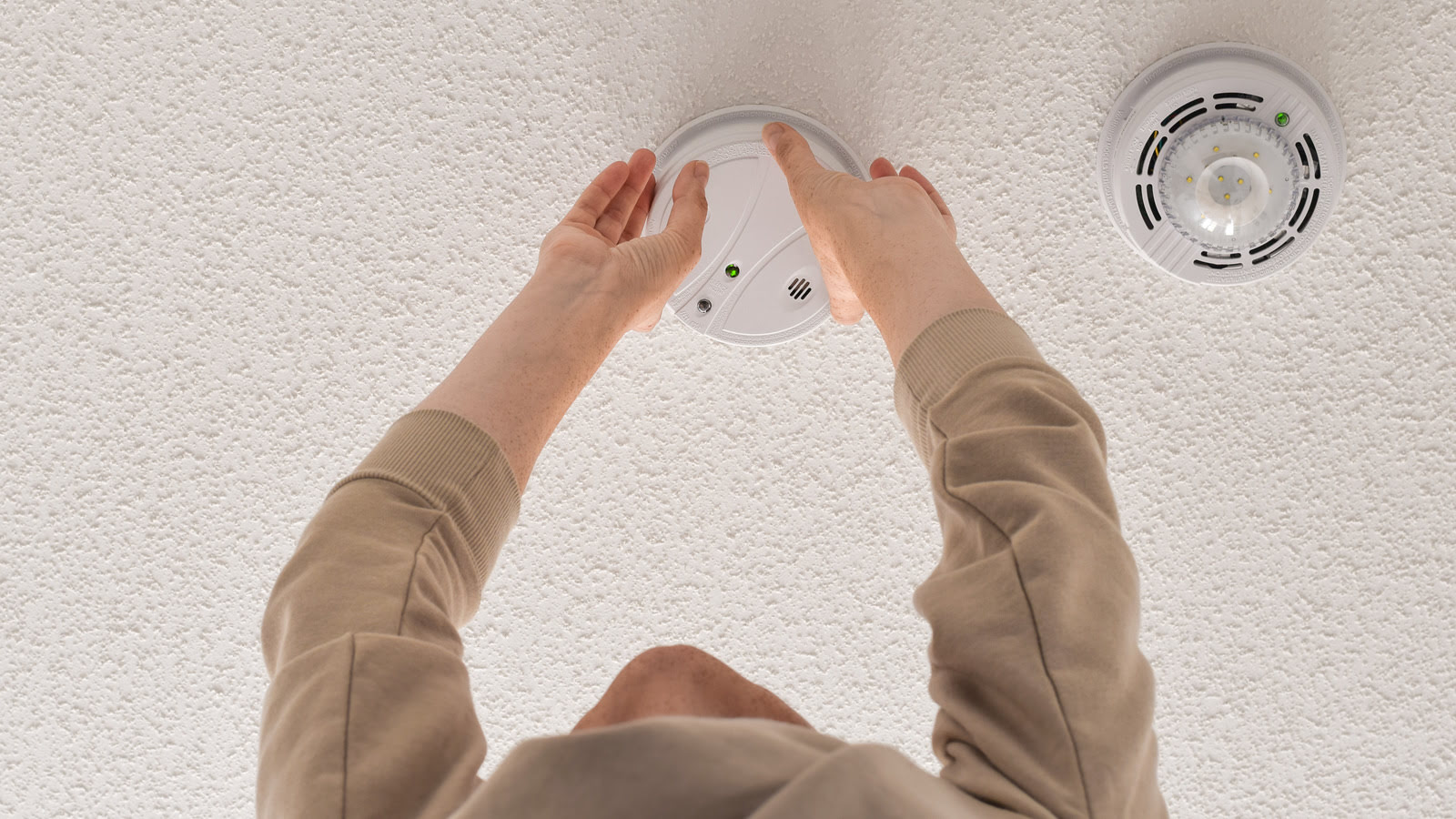
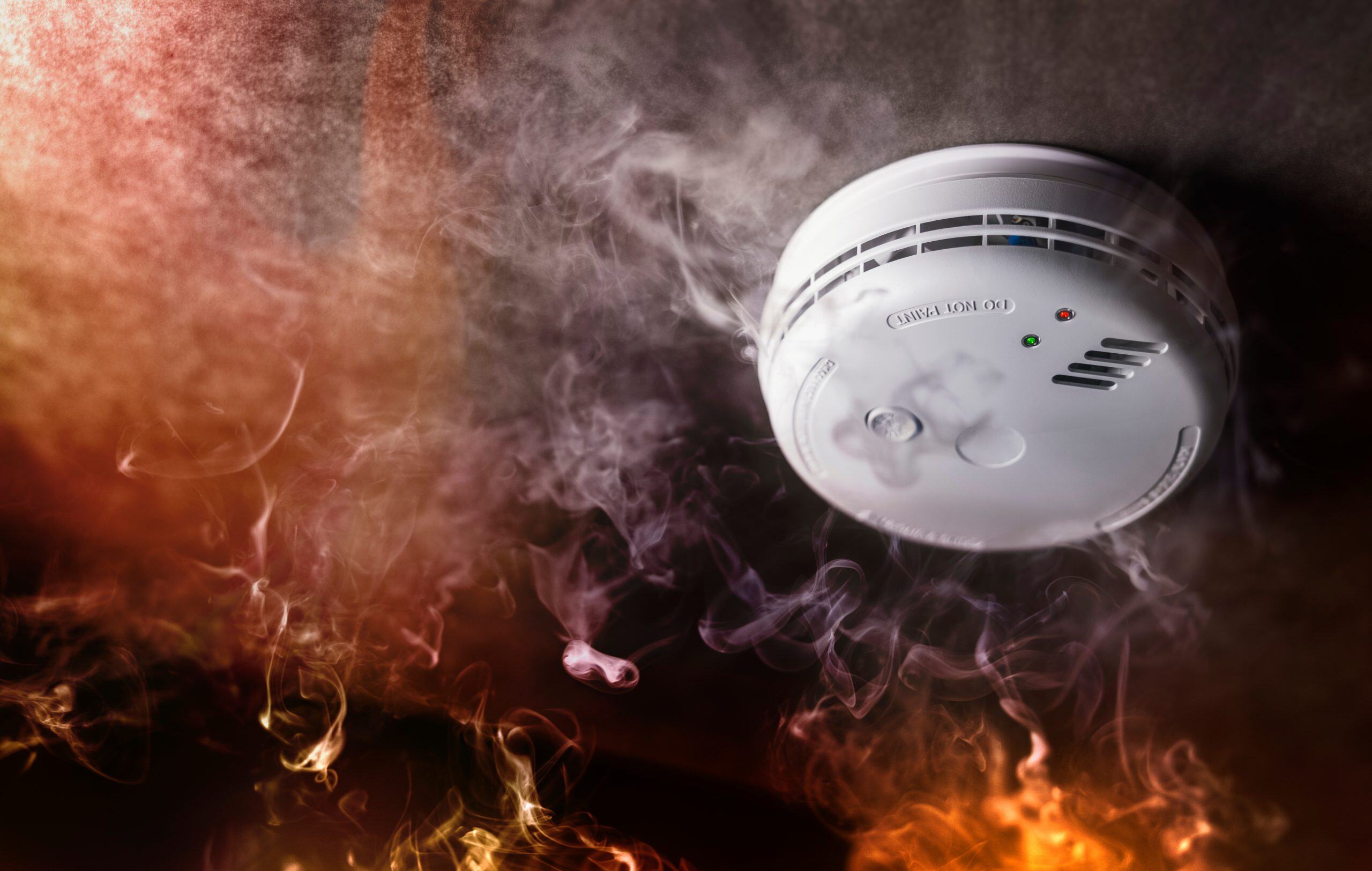
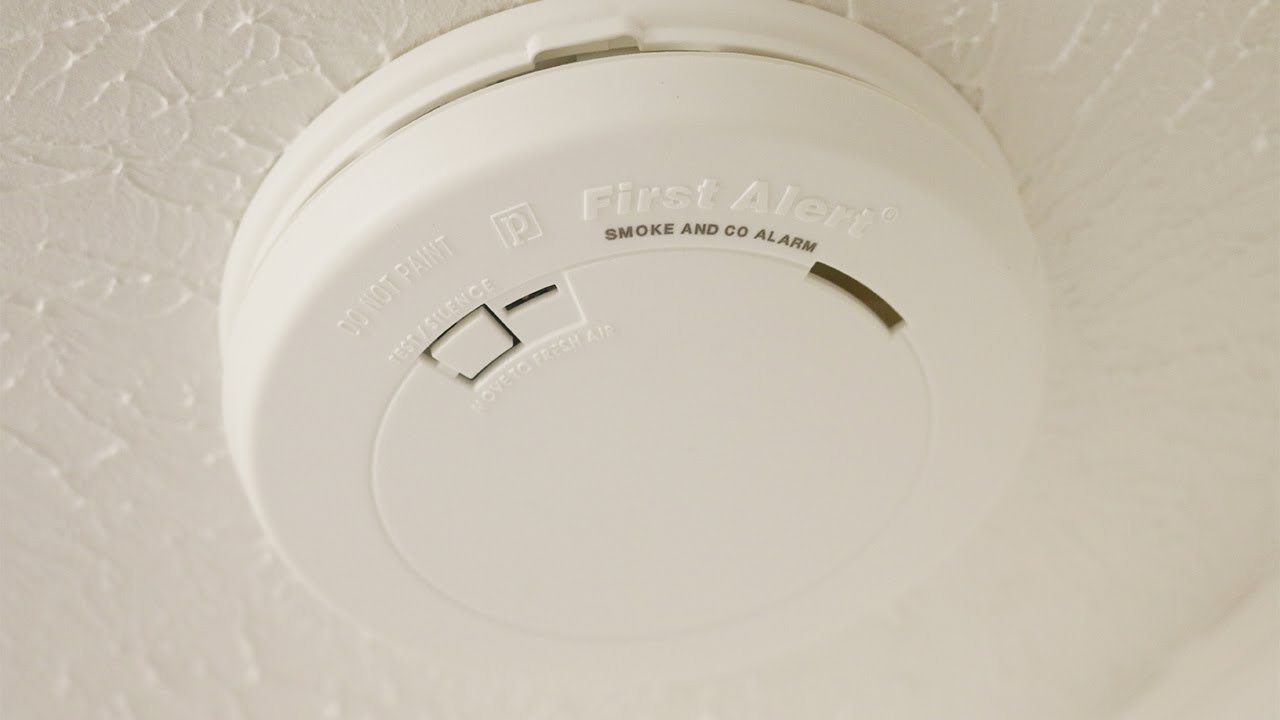
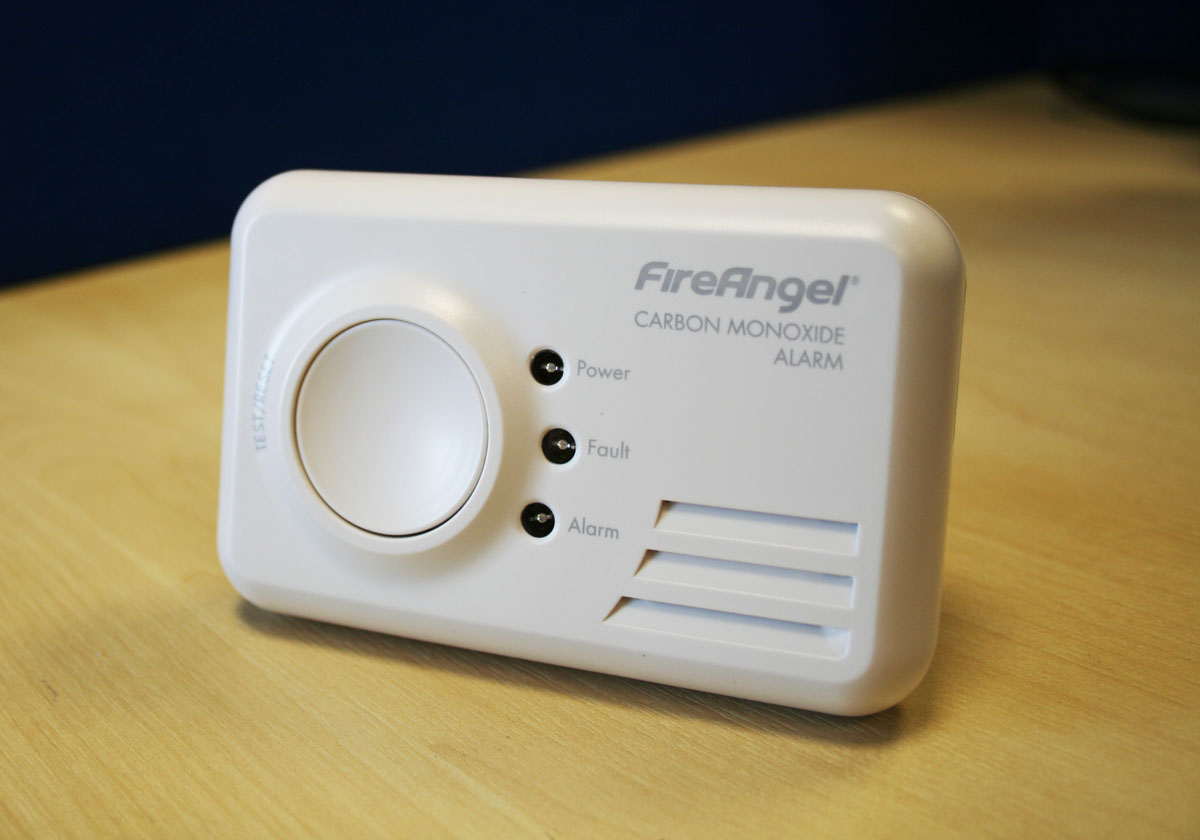
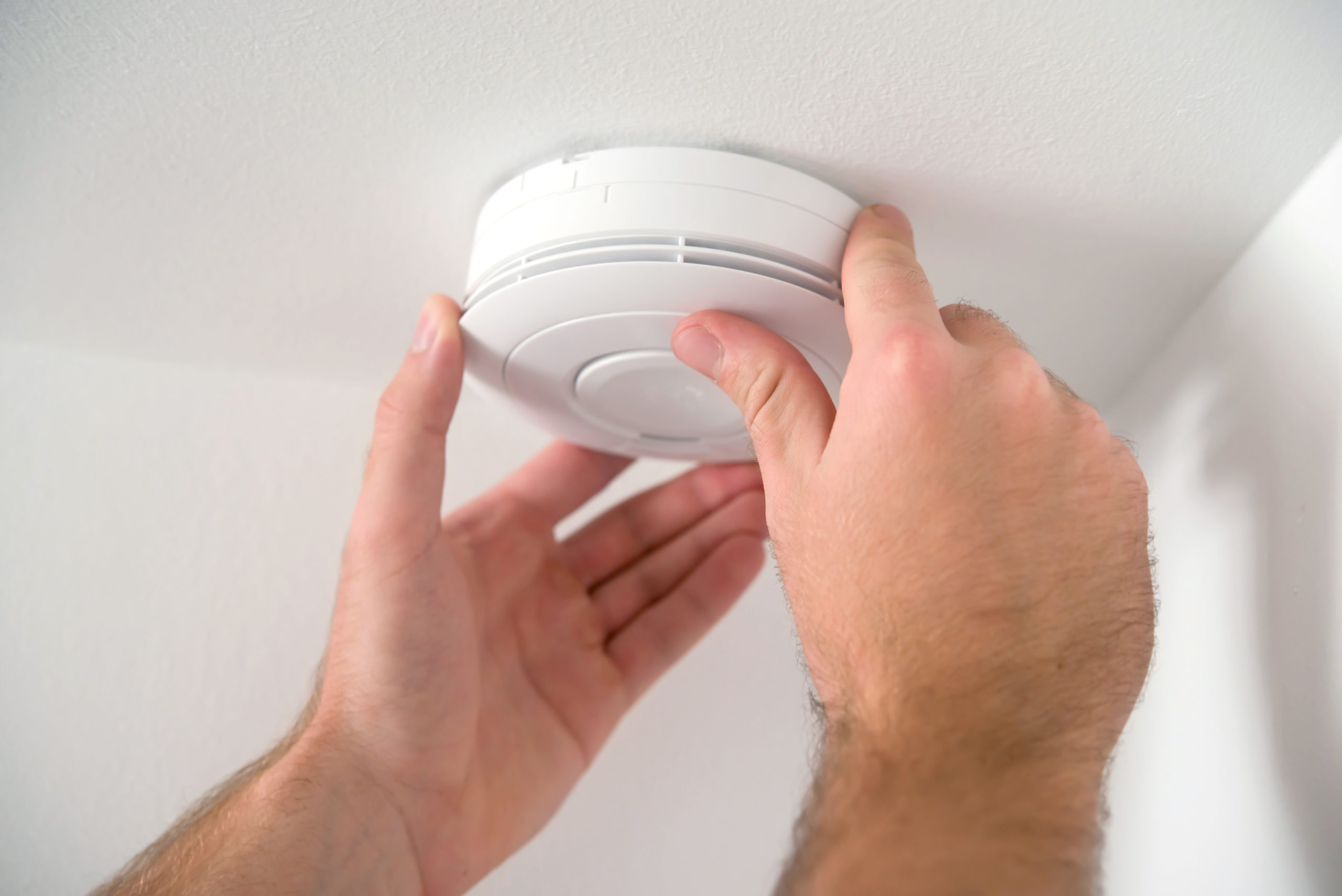
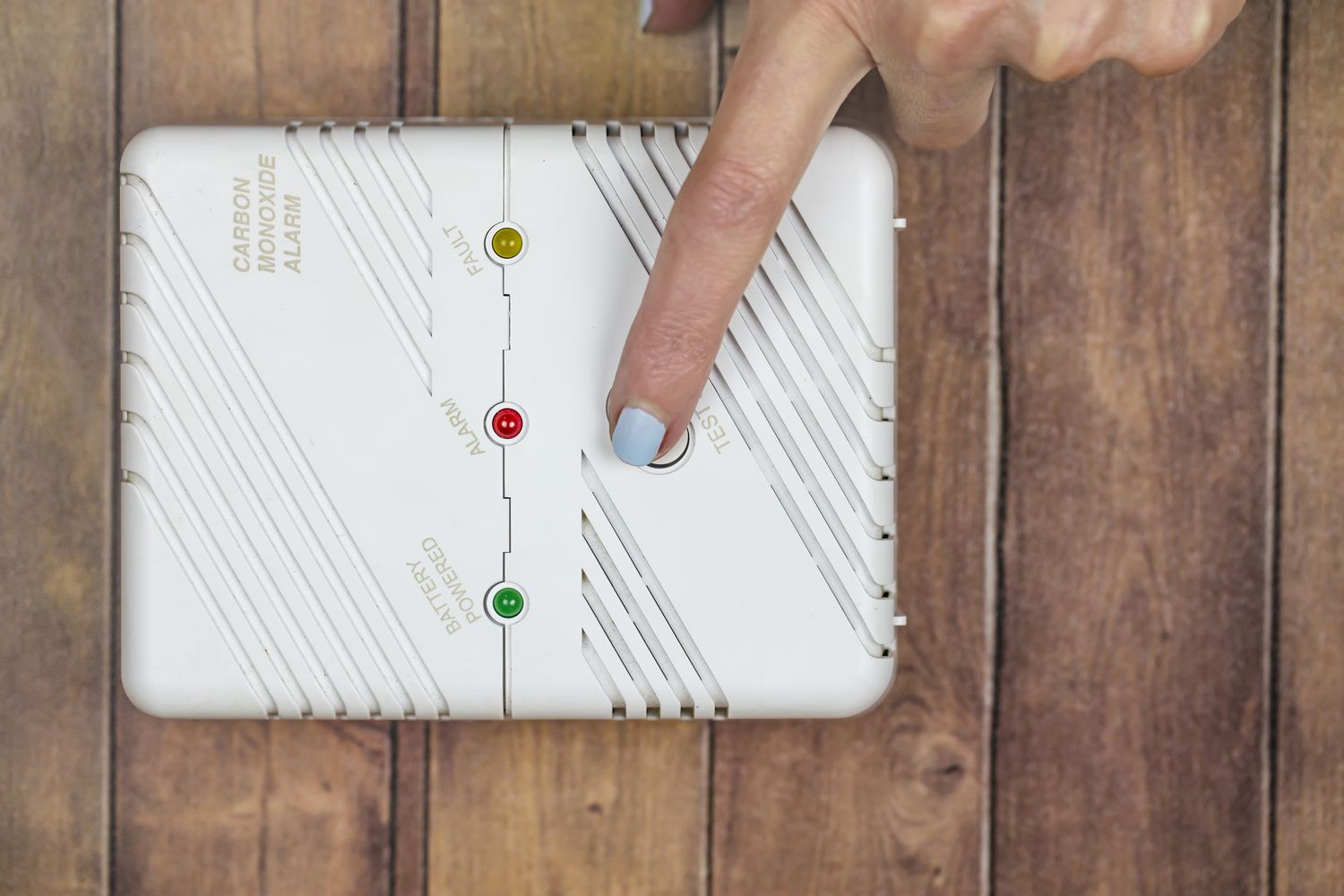
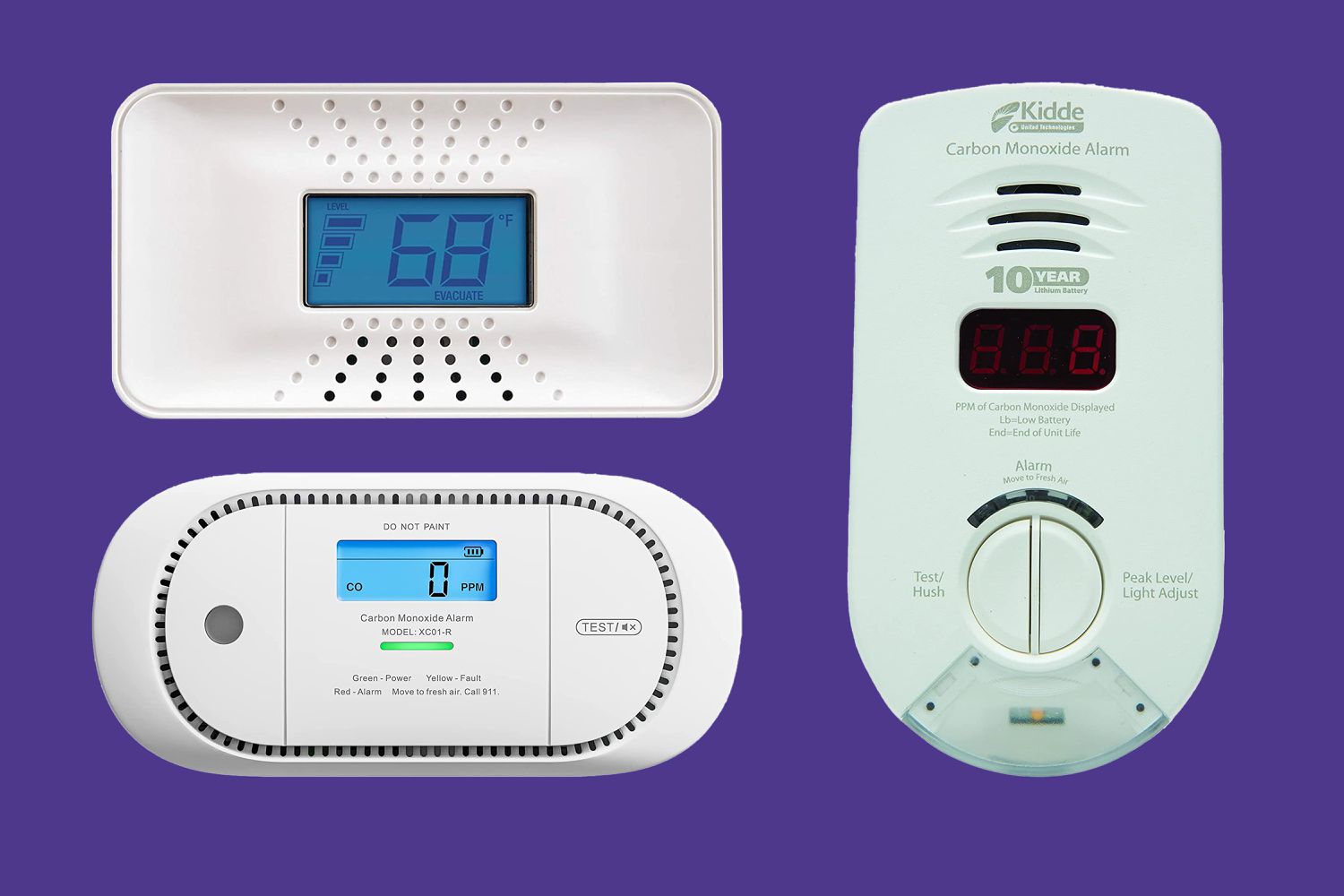
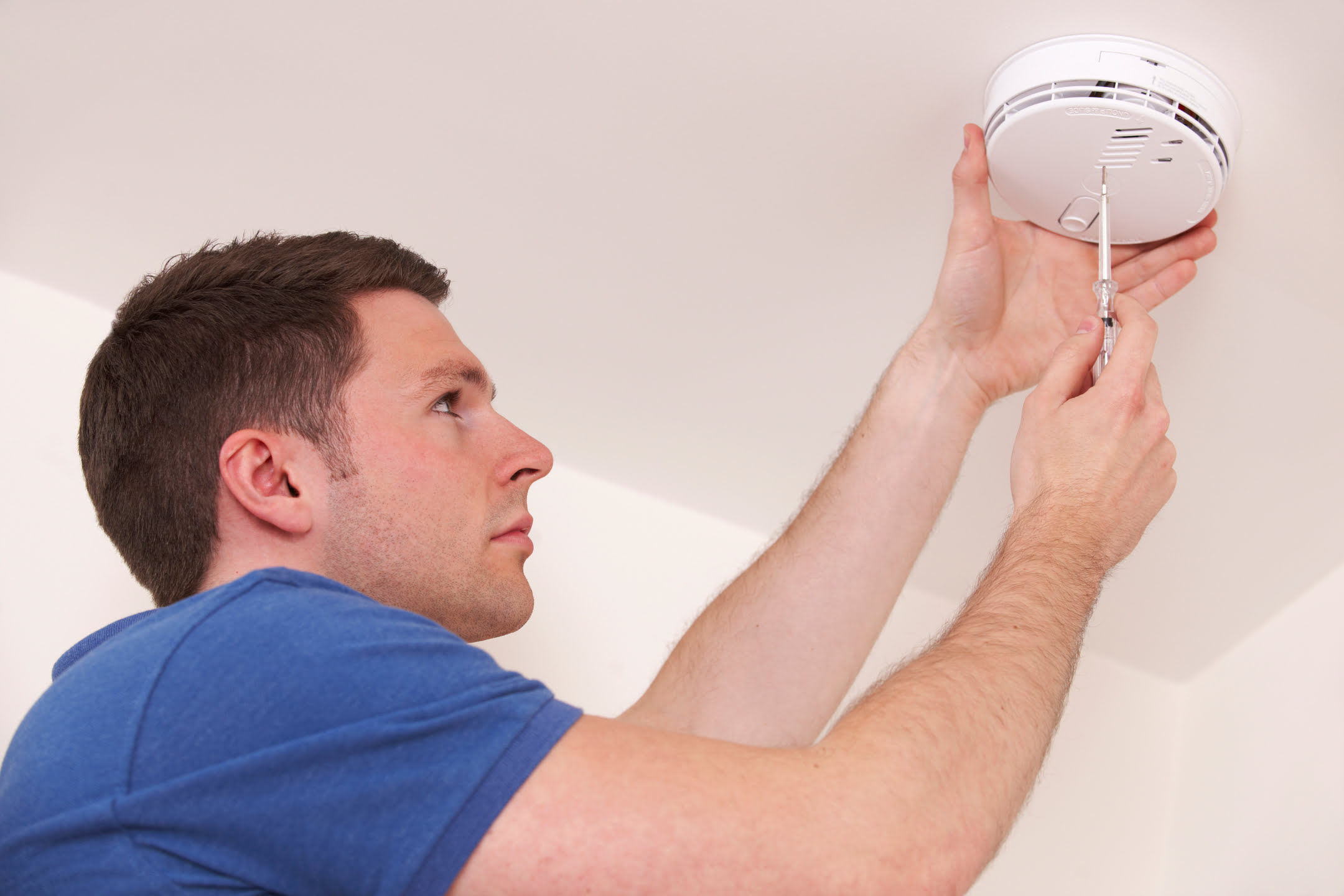
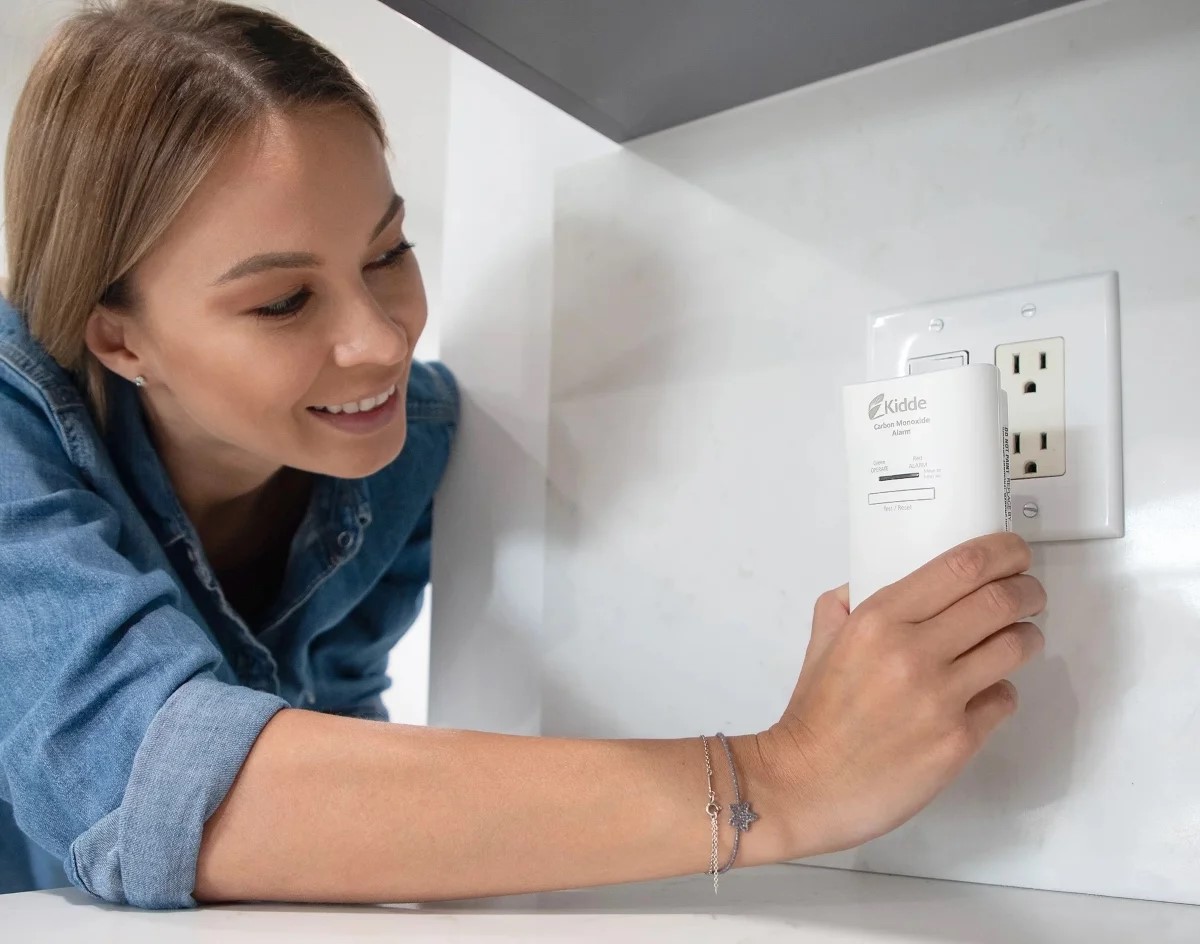
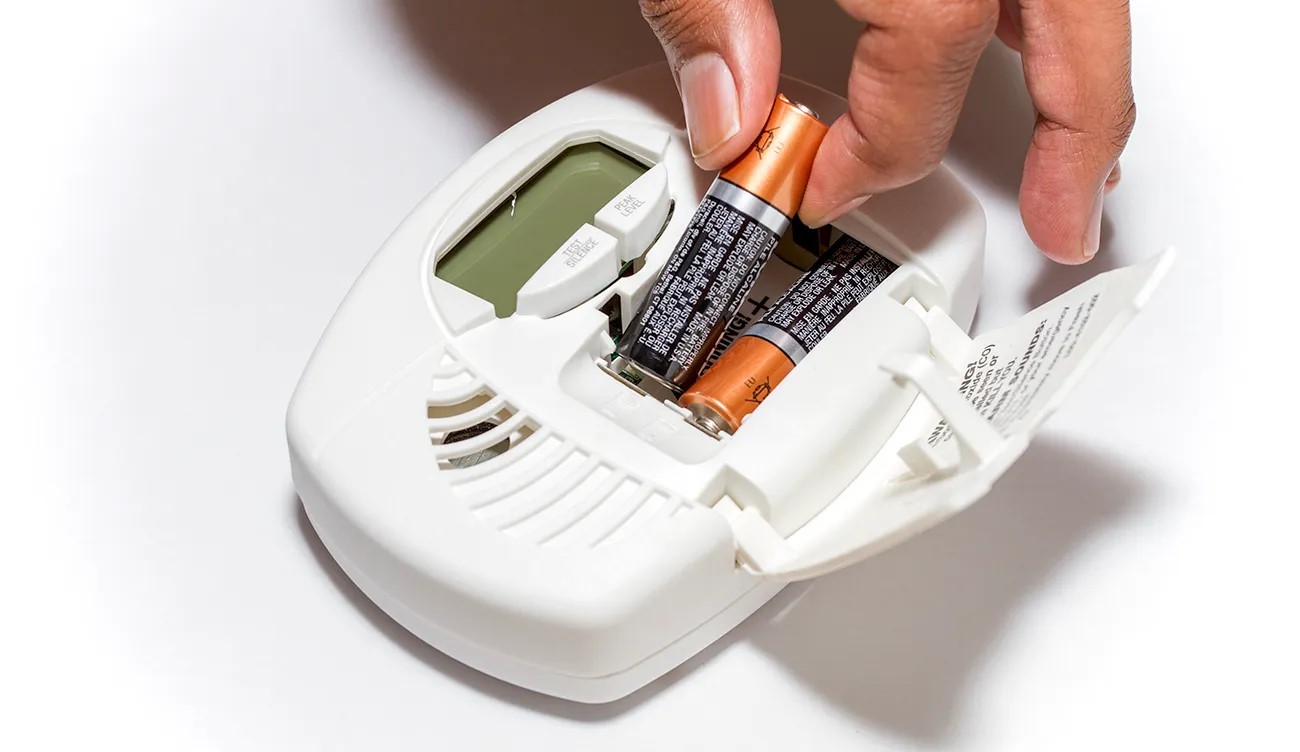
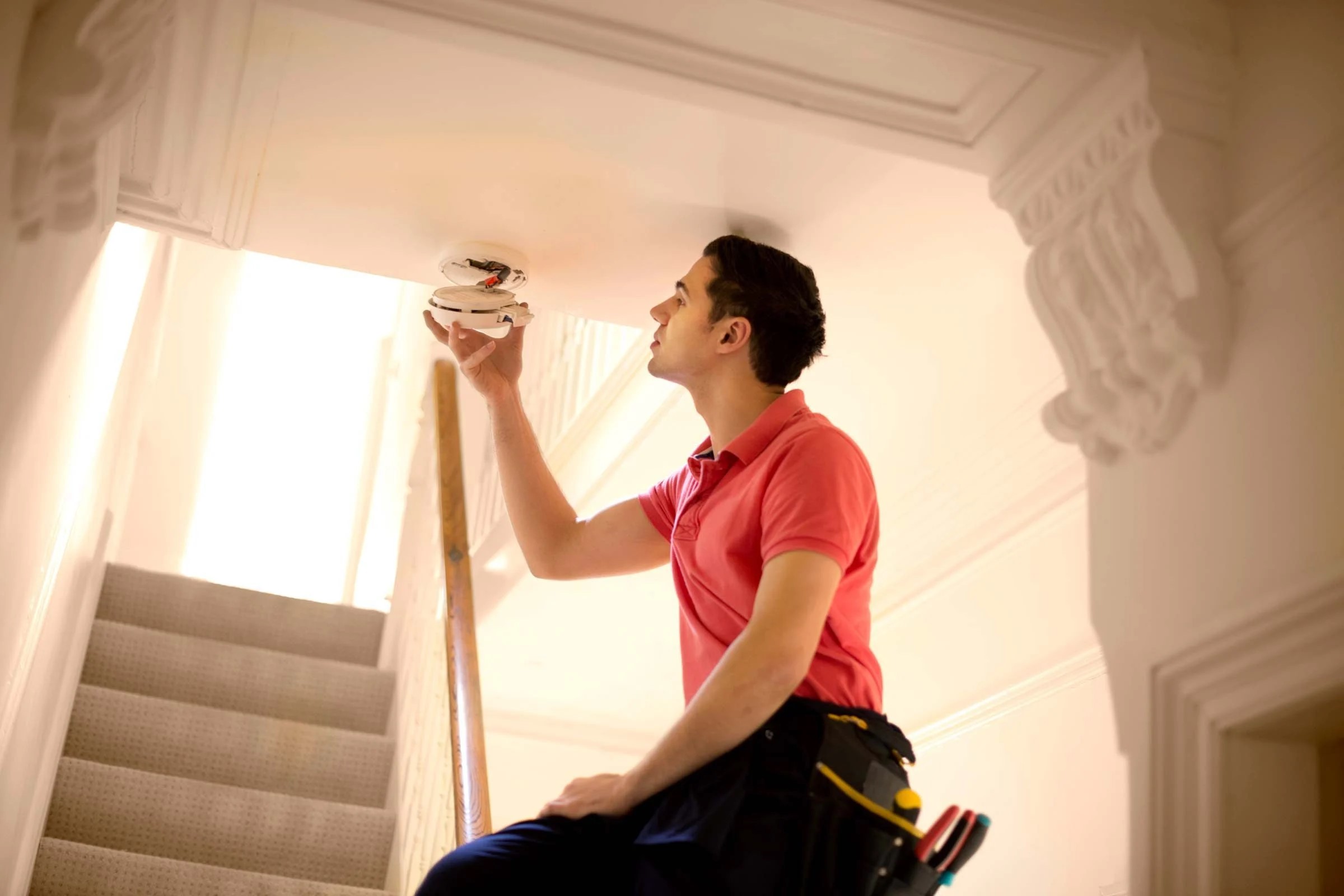
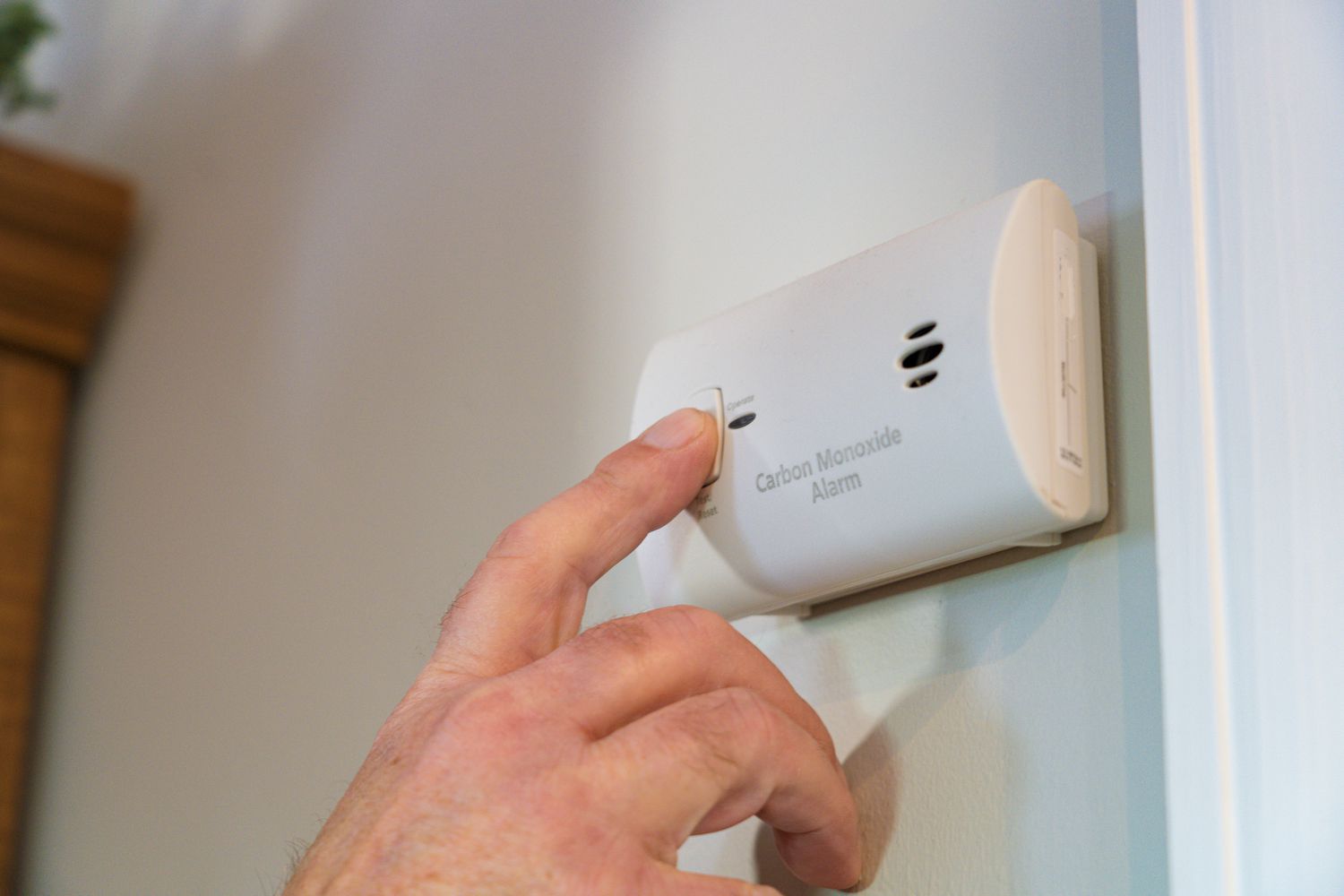
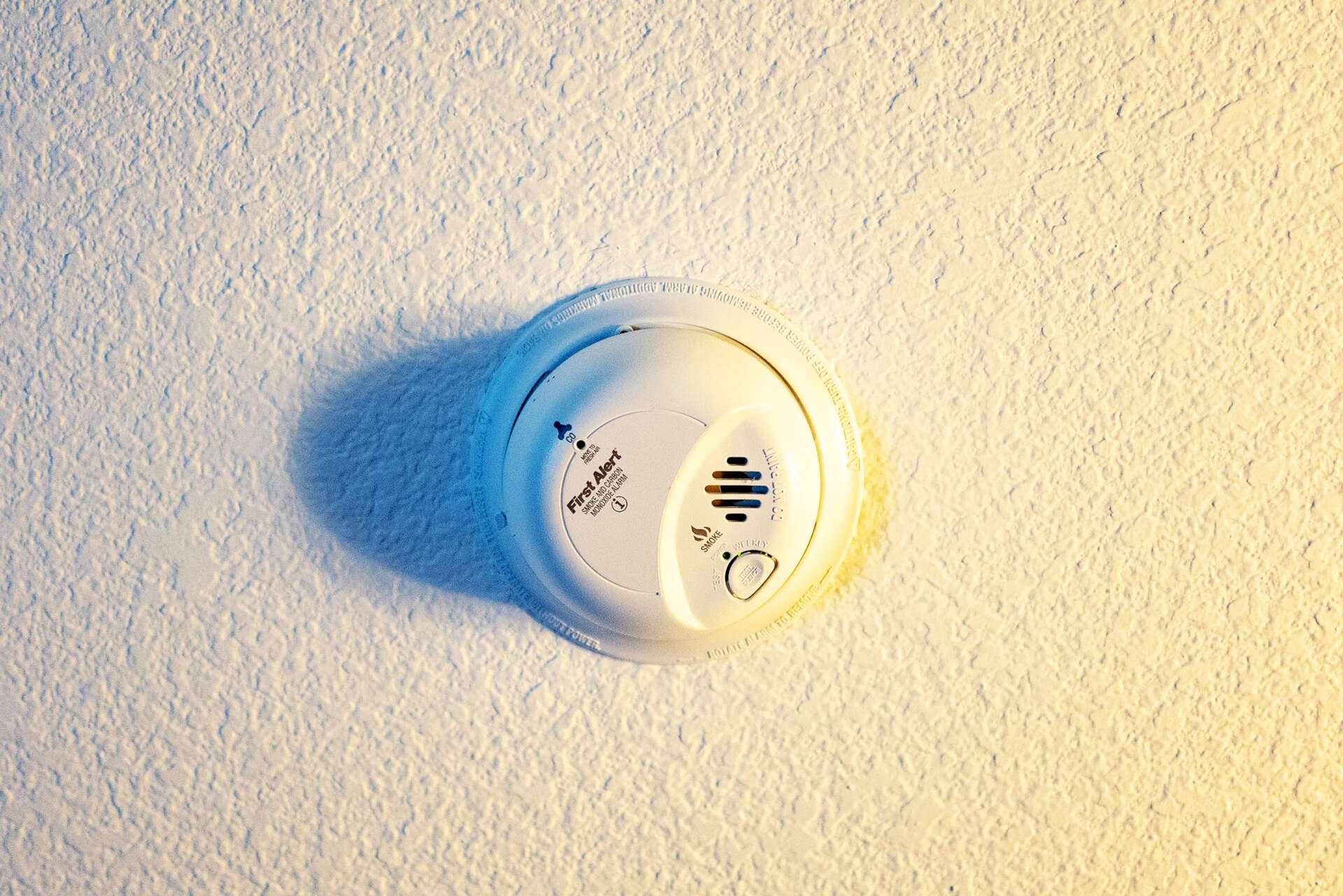

0 thoughts on “When Do I Need A Carbon Monoxide Detector”